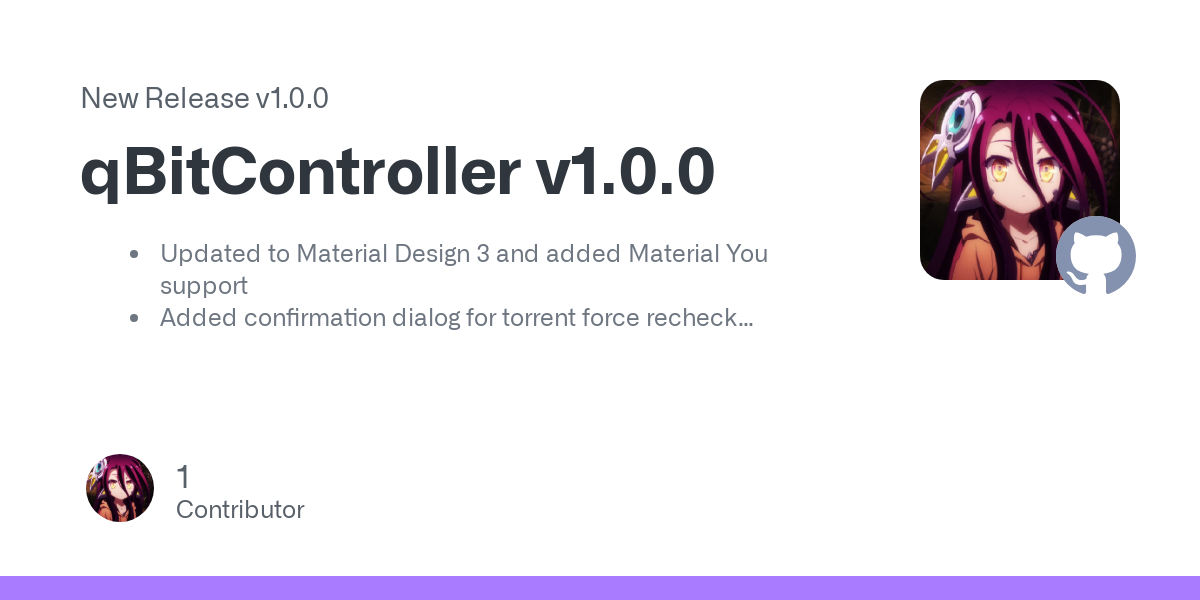

What RAID system did you use which corrupted your data on power loss? With software raid like zfs I believe corruption on power loss shouldn’t be a problem (unless the hardware fails. Or your using btrfs raid 5/6, ignoring all warnings).
Edit: For this reason I’m looking into buying another drive for an offline backup of my media files. I could redownload them, but it’d be increasingly more annoying.








I agree that there are many great free streaming sites out there, with 1080p and good quality.
But quality is still an advantage of paid services (or acquirung the larger files in other ways). Streaming with higher bitrate costs way more bandwidth (= money) while being marginally better.
It’s noticeable though, if you have a good, large enough display. Especially darker scenes suffer from low bitrate. On my phone I don’t notice it at all.
That’s even true for high bitrate. E.g. I’ve even compared a Reacher WEB-DL to BluRay remux, and the latter was noticeably better — not that it’s worth the additional storage usage.